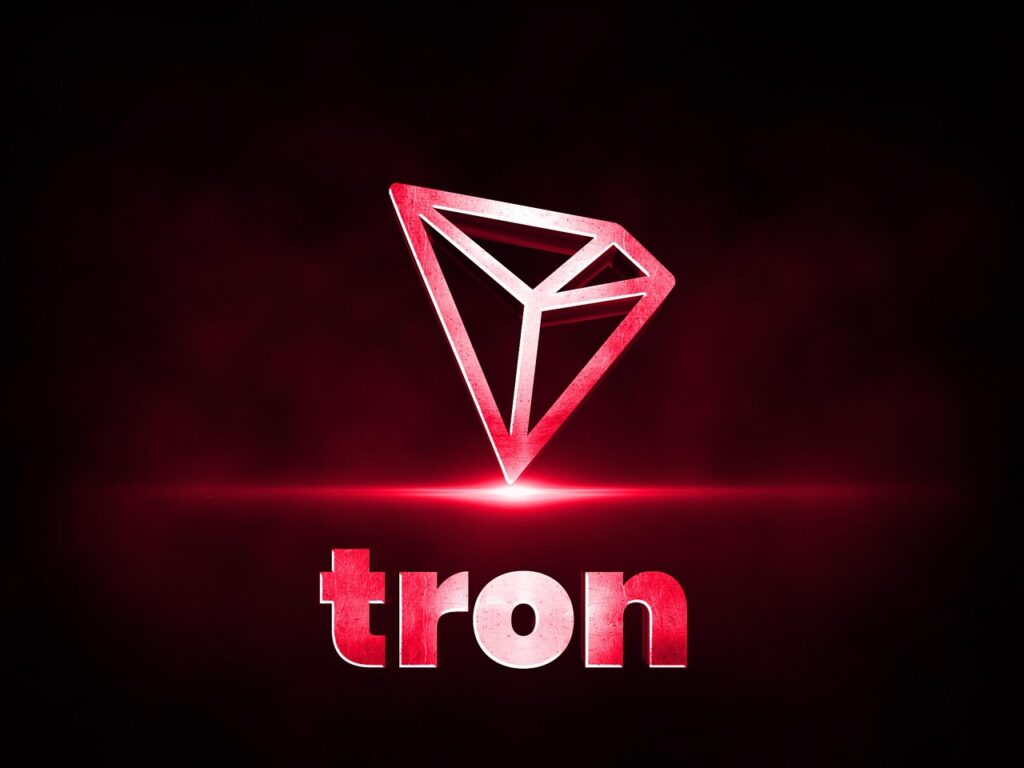It has risen from being a small-scale investment into an asset that is now a common financial asset in the past couple of years. Besides capital appreciation, cryptos present novel methods to generate passive income, earnings that demand relatively little work: this allows you to amass wealth while focusing on other priorities. Among three well-known methods of earning passive income in the crypto space, staking, lending, and mining, are the most known. Of course, each has its own advantages, risks, and requirements. Now, let’s see how you can apply these strategies in generating a consistent flow of money.
Table of Contents
- 1 1. Staking: Earning Rewards by Supporting the Network
- 2 How Staking Works
- 3 Getting Started with Staking
- 4 Pros and Cons of Staking
- 5 2. Lending: Earning Interest on Your Crypto Holdings
- 6 How Crypto Lending Works
- 7 Getting Started with Crypto Lending
- 8 Pros and Cons of Crypto Lending
- 9 3. Mining: Securing the Network and Earning Rewards
- 10 How Crypto Mining Works
- 11 Getting Started with Mining
- 12 Pros and Cons of Mining
- 13 Choosing the Right Strategy for You
- 14 Risks and Considerations
- 15 Conclusion
1. Staking: Earning Rewards by Supporting the Network
The staking method is one of the most highly sought-after through which people recently have started to earn passive income in the crypto world. This is a process in which people hold and “stake” their cryptocurrency in a wallet, allowing it to help the function of a blockchain network, where, in return, they get some extra coins. Staking is normally associated with proof-of-stake blockchains such as Ethereum 2.0, Cardano, and Solana, where the primary functioning is based on staked tokens to validate transactions and secure the network.
How Staking Works
This would essentially mean that in a proof-of-stake system, people would be picked and chosen for the purpose of authenticating transactions and creating new blocks based only on how much cryptocurrency a person holds or is willing to “stake” as a sort of collateral. In this respect, by “staking” your coins, you are contributing to security and efficiency because you help the network run more smoothly. And for this, rewards are directly proportional to the number of coins that someone has staked; the more one stakes, the higher the possibility of getting the reward. This support is compensated by the issuance of more coins; therefore, in turn, this makes staking a win-win process both for the network and the participant.
Getting Started with Staking
You can stake coins by simply choosing a staking cryptocurrency and then transferring those coins to either a compatible wallet or exchange, with many accessible staking services making it incredibly easy to do in just a few steps. Still, you must do some research beforehand, looking into minimums and lock-up periods before putting your funds in. That way, you can make the right decisions and optimize your rewards.
Pros and Cons of Staking
Staking is generally considered a lower-risk type of crypto income strategy since it does not require expensive hardware or high technical expertise. Nevertheless, there are some key considerations. The staking of your coins would likely have to lock it for a particular duration, making funds inaccessible, therefore limiting access and liquidity of these funds. Much more critical than that is that the rewards will fluctuate as the cryptocurrency itself changes, therefore still within the mercy of market fluctuations. However, leaving that aside, staking has so far proven a pretty easy means of acquiring a decent flow of passive income from the crypto-verse.
2. Lending: Earning Interest on Your Crypto Holdings
Crypto lending is another very effective way to earn passive income. The way of earning interest on a holding is just the same as lending cryptocurrency to borrowers. This is exactly how one can earn interest over time similar to traditional lending, and you just turn into the bank. Celsius, BlockFi, and Aave have paved the way for crypto lending by linking lenders directly with borrowers, thereby making the process much smoother and mostly with higher interest rates. This method enables you to put your idle crypto assets to work, thereby creating a steady income stream while still retaining ownership of your coins.
How Crypto Lending Works
The money borrowed is usually for margin trading, short selling, or other forms of financial operation. You are paid interest payments, which might be made either weekly or monthly. The rates of interest paid can be much higher and even fluctuate from one platform to another, and from one kind of cryptocurrency to another, according to market conditions. With more platforms offering flexible terms, such that you may withdraw your money at any given time, offering better liquidity and giving you better control over your assets, flexibility has made crypto lending an attractive choice for anyone interested in making some passive income with access to your funds at any time.
Getting Started with Crypto Lending
Starting a lending process means first opening a trustworthy lending site and depositing your cryptocurrency into it. A lot of websites accept various kinds of coins and include the very popular ones: Bitcoin, Ethereum, and some stablecoins such as USDT. Before initiating, one has to compare the rates of interest of various platforms with their terms of conditions and ensure they understand everything that might endanger them. Due diligence will help you choose a site that suits your goals and risk tolerance, ensuring a smoother and more secure lending experience.
Pros and Cons of Crypto Lending
Crypto lending offers one constant return given that you lend stablecoins, which are less volatile than other cryptos. Of course, with this method, you take the risk of borrower default or even insolvency on the platform side. To really cut down on these risks, therefore, you must consider choosing platforms with strong security measures and the best reputation in the industry. By prioritizing safety and reliability, therefore, you can enjoy the benefits of crypto lending while staying away as much as possible from potential downsides.
3. Mining: Securing the Network and Earning Rewards
Crypto mining has the primary function of proving transactions and adding them to the blockchain. Miners accomplish this by using supercomputers to decrypt complex mathematical equations; they are then rewarded with newly created cryptocurrency for their efforts. Though mining is generally associated with Bitcoin, it can be applied to other cryptocurrencies such as Litecoin and Ethereum, at least before it transitions to proof-of-stake. This process, in addition to supporting the network’s functionality, also gives miners a potential source of income through block rewards.
How Crypto Mining Works
Mining involves specialized mining equipment, including ASICs and GPUs, immense electricity and cooling, and several competitive miners to solve cryptographic puzzles. The first miner solves a specific puzzle gets to add the next block to the blockchain and subsequently claims the associated rewards.
Getting Started with Mining
You have to select the type of cryptocurrency you want to stake and move your coins into a compatible wallet or exchange. Many platforms allow staking in an easy, few-clicks manner. Nonetheless, you need to research staking requirements before sending your money; these might include minimums and lock-up periods.
Pros and Cons of Mining
In bull markets, prices sharply increase for cryptocurrencies, and mining is potentially very lucrative. However, it does demand a huge investment in equipment upfront. It also incurs numerous operating costs, such as electricity and maintenance. In the third place, the success of miners depends on the price of electricity, network difficulties, as well as the volatility of the marketplace for their cryptocurrency. This makes mining a difficult and resource-intensive method of generating an income that is passive as opposed to different strategies like staking or lending.
Choosing the Right Strategy for You
In terms of earning an income from crypto that is passive, it’s not a one-size-fits-all strategy. The right method for you is based on your goals in finance along with your risk tolerance as well as the technical knowledge. Here are some suggestions to assist you in making your decision:
- Staking is ideal if you prefer a low-maintenance option with minimal upfront costs. It’s particularly suited for long-term holders who believe in the potential of a specific blockchain.
- The lending option is great when you are looking to earn an interest rate on your current cryptocurrency holdings, and not lock your crypto assets for long time periods. It’s a good alternative for people who like stability-based coins to reduce the risk of fluctuations.
- Mining is best for tech-savvy individuals who are willing to invest in hardware and manage the operational complexities. It’s a more hands-on approach but can yield substantial rewards.
Risks and Considerations
Undoubtedly lucrative in crypto are earning passive incomes; however, it has several risks involved. Highly volatile and capable of value shifting dramatically in an overnight movement. Also largely unregulated space: the cryptocurrency community faces much risk from the likelihood of scams or even failure of a given platform. Make sure you’re always doing due diligence, spread investments out with various things, and do not risk losing what can actually afford.
Conclusion
It is a brilliant way to start earning passive income, grow wealth, and even enjoy the novelty of blockchain. All types of staking, lending, and mining have some pros and cons. Therefore, depending on the way you structure these strategies and get involved, you can successfully create a long-term source of passive income amidst this fast-changing cryptocurrency landscape. Remember, after all, that it is just about staying aware, being patient, and with the dynamic change in the crypto market.



















